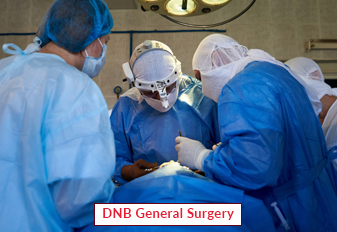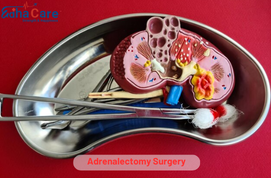Piles surgery

Piles surgery, also known as hemorrhoidectomy, is a medical procedure performed to treat severe cases of hemorrhoids. This surgical intervention involves the removal of swollen and inflamed blood vessels in the anal and rectal area. Typically conducted under anesthesia, the surgeon may use various techniques, including cutting out the hemorrhoids or using a stapling device to reposition them. Piles surgery is recommended when conservative treatments fail to provide relief.
Book an AppointmentAbout Piles surgery
Piles, also known as hemorrhoids, result from various factors contributing to the swelling of blood vessels in the anal and rectal area. Here are five common causes:
-
Straining During Bowel Movements: Chronic straining during bowel movements, often due to constipation or prolonged sitting on the toilet, can exert pressure on the blood vessels in the rectum, leading to the development of hemorrhoids.
-
Pregnancy and Childbirth: The increased pressure on the pelvic blood vessels during pregnancy, coupled with the strain of childbirth, can contribute to the development or exacerbation of hemorrhoids.
-
Obesity: Being overweight or obese places additional pressure on the rectal veins, increasing the risk of developing hemorrhoids. Maintaining a healthy weight is crucial in preventing this condition.
-
Low-Fiber Diet: Inadequate fiber intake can lead to constipation, resulting in hard and dry stools that require straining during bowel movements. This strain can contribute to the formation of hemorrhoids.
-
Sedentary Lifestyle: Lack of physical activity and prolonged periods of sitting or standing can impede blood flow in the rectal area, contributing to the development of hemorrhoids. Regular exercise promotes proper circulation and helps prevent this condition.
Symptoms of Piles
Hemorrhoids, commonly known as piles, present with distinctive symptoms that can vary in severity. Here are six common signs associated with this condition:
-
Rectal Bleeding: One of the primary symptoms is bright red blood during or after a bowel movement. This bleeding occurs when swollen blood vessels rupture, leading to blood on the toilet paper or in the toilet bowl.
-
Pain and Discomfort: Hemorrhoids can cause pain and discomfort, especially during bowel movements. This may include aching, burning, or itching sensations around the anal region.
-
Anal Itching and Irritation: Piles can result in persistent itching and irritation around the anus, often exacerbated by the presence of mucus discharge from the swollen blood vessels.
-
Swelling and Lump Formation: External hemorrhoids may cause visible swelling or a lump around the anal area. This can be felt during self-examination or may become noticeable externally.
-
Protrusion during Bowel Movements: Internal hemorrhoids may prolapse or protrude outside the anal opening during bowel movements. This can cause a feeling of incomplete evacuation.
-
Painful Defecation: Individuals with piles may experience pain or discomfort while passing stools, particularly if the hemorrhoids are inflamed or if there are anal fissures present.
Procedure of Piles surgery
Piles surgery, or hemorrhoidectomy, is a medical intervention performed to address severe cases of hemorrhoids that do not respond to conservative treatments. Here's an overview of the treatment procedure in five key points:
-
Medical Evaluation and Diagnosis: Before recommending surgery, a healthcare provider conducts a thorough examination, often including a digital rectal exam, to assess the severity and type of hemorrhoids. Diagnostic procedures like anoscopy or sigmoidoscopy may be used to visualize the rectum and confirm the diagnosis.
-
Anesthesia and Incision: Piles surgery is typically performed under general anesthesia to ensure the patient's comfort. The surgeon then makes an incision in the affected area, exposing the hemorrhoidal tissue.
-
Hemorrhoid Removal: The surgeon removes the swollen and inflamed hemorrhoidal tissue. The technique may involve excision using a scalpel or the use of a stapling device to reposition and cut off the blood supply to the hemorrhoids. The choice of method depends on the specific case and the surgeon's preference.
-
Closure of Incisions: After removing the hemorrhoidal tissue, the incisions are closed using stitches or left open to heal naturally, depending on the surgical approach. In some cases, the surgeon may place a dressing or pack to aid in the healing process.
-
Postoperative Care and Recovery: Following surgery, patients receive postoperative care to manage pain, prevent infection, and promote healing. Recovery times vary, but most individuals can resume normal activities within a few weeks. Maintaining a high-fiber diet, staying hydrated, and adopting healthy bowel habits are essential components of postoperative care to prevent recurrence and ensure optimal recovery.
Require Assistance?
Get A Quick Callback From Our Healthcare Experts






